Home>Storage & Organization>Kitchen Organizing Tools>When To Introduce Kittens To A Litter Box
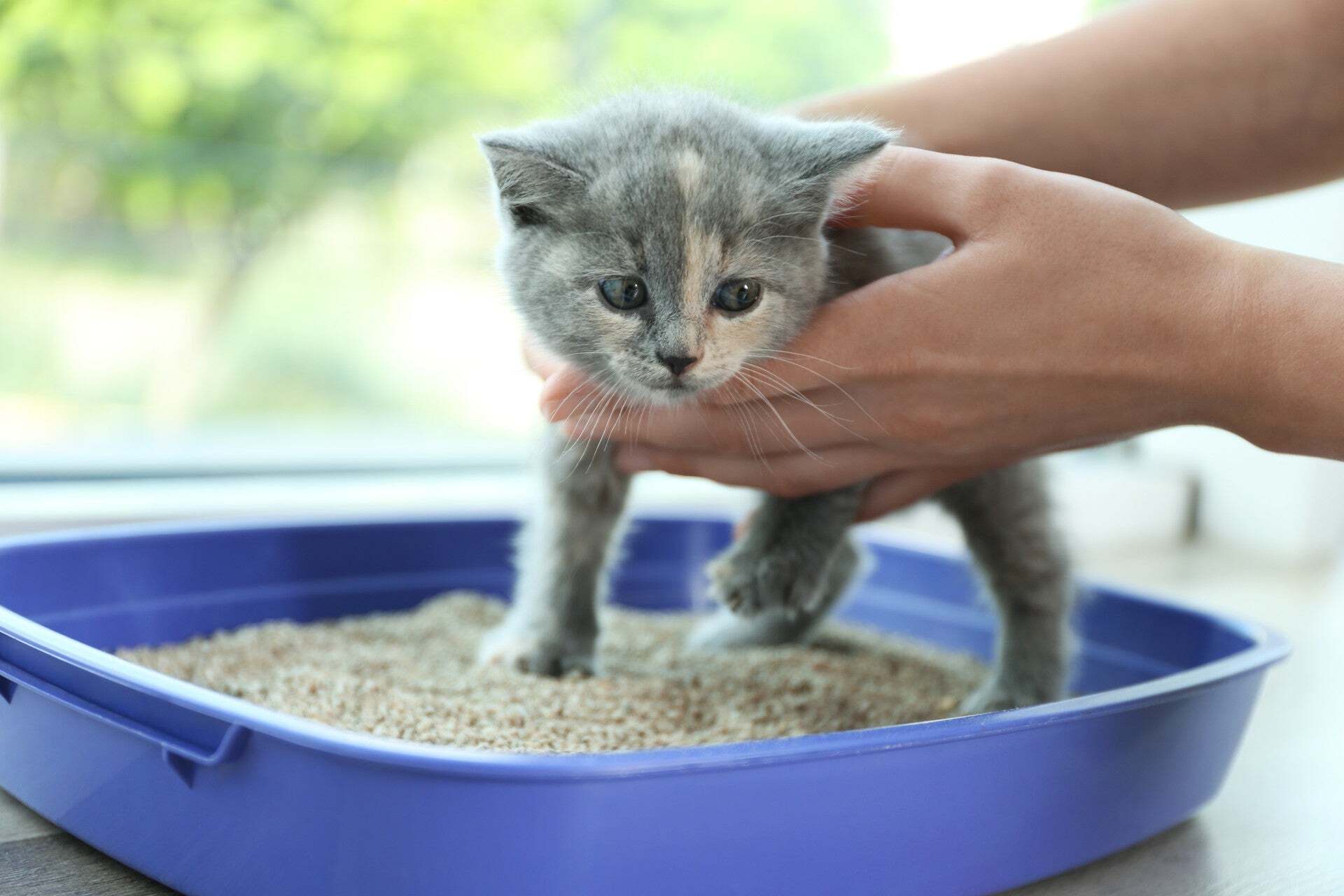

Kitchen Organizing Tools
When To Introduce Kittens To A Litter Box
Modified: August 23, 2024
Learn the best time to introduce kittens to a litter box and essential kitchen organizing tools for a seamless transition. Find expert tips and advice here!
(Many of the links in this article redirect to a specific reviewed product. Your purchase of these products through affiliate links helps to generate commission for Storables.com, at no extra cost. Learn more)
Importance of Introducing Kittens to a Litter Box
Introducing kittens to a litter box is a crucial step in their development and well-being. It sets the foundation for proper litter box habits, ensuring a clean and hygienic environment for both the kittens and their human companions. By familiarizing kittens with the litter box early on, you establish a routine that promotes good litter box behavior and minimizes accidents around the house.
Additionally, introducing kittens to a litter box helps them understand the concept of elimination in a designated area. This not only prevents messes in the home but also encourages kittens to develop a natural inclination towards using the litter box for their bathroom needs. As a result, it fosters a sense of cleanliness and order, contributing to a harmonious living environment for both the kittens and their owners.
Moreover, the introduction of kittens to a litter box plays a pivotal role in their overall health and well-being. By providing a designated space for elimination, you can monitor the kittens' urinary and digestive health more effectively. Any changes in their litter box habits can serve as early indicators of potential health issues, allowing for prompt veterinary attention if necessary.
In essence, the introduction of kittens to a litter box is not merely a matter of convenience; it is a fundamental aspect of their upbringing. It instills discipline, promotes hygiene, and contributes to the overall health and happiness of the kittens, setting the stage for a positive and fulfilling relationship between the kittens and their human companions.
Key Takeaways:
- Kittens should be introduced to a litter box early to promote good bathroom habits and monitor their health. It’s a crucial step in their development and well-being, ensuring a clean and hygienic environment for both kittens and their human companions.
- Look for signs like digging behavior and independence to know when kittens are ready for a litter box. Choose the right litter box, use kitten-friendly litter, and be patient and supportive during the introduction process to foster positive litter box habits.
Read more: When Do Kittens Use A Litter Box?
Signs that Kittens are Ready for a Litter Box
As a responsible pet owner, it's essential to recognize the signs that indicate when kittens are ready to be introduced to a litter box. By being attuned to these signals, you can facilitate a smooth transition for the kittens and promote positive litter box habits from the outset.
1. Age and Physical Development
Kittens typically begin to show readiness for a litter box around the age of 3 to 4 weeks. At this stage, they start to gain more control over their bodily functions and exhibit increased mobility. You may notice them exploring their surroundings with curiosity and displaying a level of independence, indicating that they are becoming more capable of using a litter box.
2. Digging and Scratching Behavior
Observing the kittens' behavior can provide valuable insights into their readiness for a litter box. When kittens display a tendency to dig or scratch at surfaces, such as bedding or the floor, it suggests that they are instinctively preparing a spot for elimination. This behavior signifies their natural inclination to cover their waste, making it an opportune time to introduce them to a litter box.
3. Elimination Patterns
Monitoring the kittens' elimination patterns can offer important clues about their readiness for a litter box. If you observe that they consistently eliminate in specific areas, it indicates their recognition of the need for a designated spot for elimination. By introducing a litter box at this stage, you can channel their instinctual behavior towards using the box for their bathroom needs.
4. Curiosity and Exploration
As kittens become more curious and adventurous, they may show interest in confined spaces or secluded areas. This behavior reflects their inclination to seek out private spots for elimination. Introducing a litter box during this phase aligns with their natural tendencies and encourages them to associate the box with a suitable place for their bathroom activities.
5. Independence and Confidence
When kittens exhibit a growing sense of independence and confidence, it signifies their readiness to adapt to new routines and environments. This developmental milestone indicates that they are becoming more receptive to learning and establishing habits, making it an opportune time to introduce them to a litter box.
By recognizing these signs and cues, you can introduce kittens to a litter box at the optimal time, setting the stage for a seamless transition and fostering positive litter box habits from the early stages of their development.
Tips for Introducing Kittens to a Litter Box
Introducing kittens to a litter box is a pivotal milestone in their early development, and it's essential to approach this process with patience, understanding, and a strategic mindset. By following these tips, you can facilitate a smooth and successful introduction to the litter box, laying the groundwork for positive litter box habits and a harmonious living environment for both the kittens and their human companions.
-
Choose the Right Litter Box: Select a litter box that is appropriately sized for kittens, with low sides for easy access. Consider a shallow, open litter pan to accommodate their small stature and facilitate effortless entry and exit.
-
Placement and Accessibility: Position the litter box in a quiet, easily accessible location. Avoid high-traffic areas or places with loud noises, as these can be intimidating for kittens. Ensure that the litter box is placed away from their feeding and sleeping areas, as cats prefer to keep these spaces separate.
-
Use Kitten-Friendly Litter: Opt for a gentle, unscented litter specifically designed for kittens. Avoid clumping litter initially, as kittens may ingest it while grooming. A non-clumping, soft-textured litter is a safer choice during the early stages of litter box introduction.
-
Encouragement and Positive Reinforcement: Encourage kittens to explore the litter box by gently placing them inside after meals or naps. Offer praise and gentle petting to create a positive association with the litter box. Repeat this process consistently to familiarize them with the designated elimination area.
-
Observation and Monitoring: Keep a close eye on the kittens' behavior and elimination patterns. If you notice them displaying signs of needing to eliminate, gently place them in the litter box. This proactive approach helps them understand the purpose of the litter box and reinforces the desired behavior.
-
Maintain Cleanliness: Regularly scoop the litter box to remove waste and maintain a clean environment. Kittens are more likely to use the litter box if it is kept tidy and odor-free. Additionally, ensure that the litter box is cleaned with mild, unscented soap to avoid deterring the kittens with strong chemical odors.
-
Be Patient and Supportive: Understand that kittens may take time to adjust to the litter box. Avoid scolding or punishing them for accidents outside the box, as this can create negative associations. Instead, provide gentle guidance and support as they acclimate to this new aspect of their routine.
By implementing these tips, you can effectively introduce kittens to a litter box and instill positive litter box habits from the early stages of their development. This thoughtful approach sets the foundation for a lifetime of good litter box behavior, contributing to a clean, hygienic, and harmonious living environment for both the kittens and their human companions.
Common Mistakes to Avoid When Introducing Kittens to a Litter Box
Introducing kittens to a litter box is a significant milestone in their early development, and it's crucial to approach this process with care and consideration. Avoiding common mistakes can help ensure a smooth transition and promote positive litter box habits from the outset. By being mindful of these potential pitfalls, you can create a supportive environment that fosters the kittens' understanding and acceptance of the litter box.
1. Rushing the Introduction
One common mistake is rushing the introduction of kittens to a litter box before they are ready. It's essential to observe the kittens' behavior and readiness cues, such as digging and exploring secluded areas, before introducing them to the litter box. Rushing this process can lead to confusion and aversion, hindering the establishment of positive litter box habits.
2. Using the Wrong Litter
Selecting the wrong type of litter can pose a challenge when introducing kittens to a litter box. Avoid using strongly scented or clumping litter initially, as these can be overwhelming or potentially harmful to kittens. Opt for a gentle, unscented litter specifically designed for kittens, ensuring a safe and comfortable experience as they familiarize themselves with the litter box.
3. Inadequate Litter Box Maintenance
Neglecting to maintain the litter box regularly is a common mistake that can deter kittens from using it consistently. A dirty or odorous litter box can discourage kittens from associating it with their elimination needs. It's important to scoop the litter box frequently, keeping it clean and inviting for the kittens. Additionally, using mild, unscented soap for cleaning helps avoid strong chemical odors that may deter the kittens.
4. Placing the Litter Box in Unsuitable Locations
Inappropriate placement of the litter box can hinder the kittens' acceptance and use of it. Avoid positioning the litter box in high-traffic areas, near noisy appliances, or close to their feeding and sleeping areas. Kittens prefer a quiet, secluded location for their litter box, providing them with a sense of privacy and security while using it.
Read more: How Often Do Kittens Use The Litter Box
5. Reacting Negatively to Accidents
Reacting negatively to accidents outside the litter box is a common mistake that can have adverse effects on the kittens' litter box training. Scolding or punishing kittens for accidents can create anxiety and negative associations with the litter box. Instead, focus on positive reinforcement and gentle guidance to encourage them to use the litter box consistently.
By recognizing and avoiding these common mistakes, you can create a supportive and nurturing environment for introducing kittens to a litter box. This approach sets the stage for successful litter box training, fostering positive habits and a harmonious relationship between the kittens and their human companions.
Frequently Asked Questions about When To Introduce Kittens To A Litter Box
Was this page helpful?
At Storables.com, we guarantee accurate and reliable information. Our content, validated by Expert Board Contributors, is crafted following stringent Editorial Policies. We're committed to providing you with well-researched, expert-backed insights for all your informational needs.
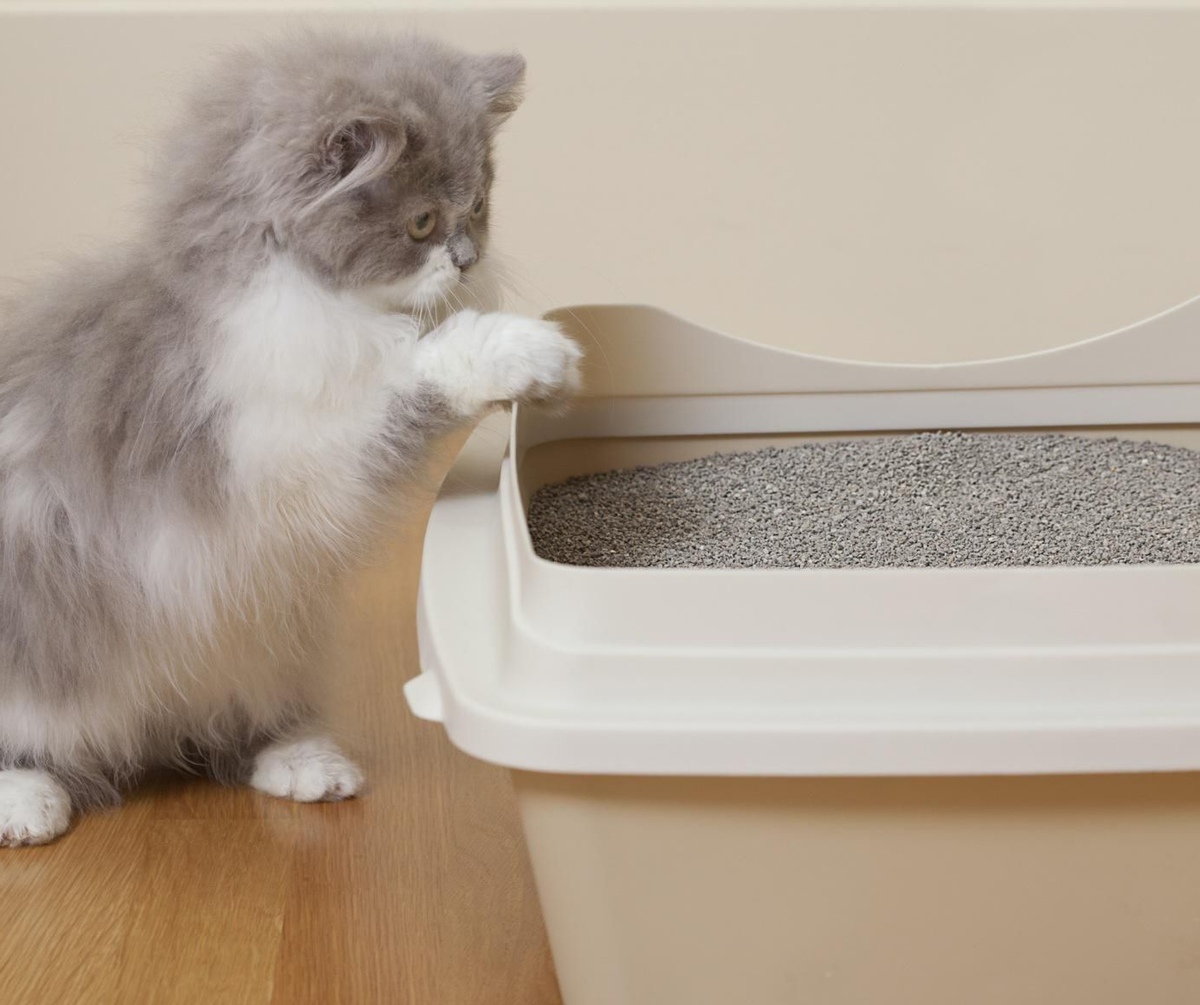
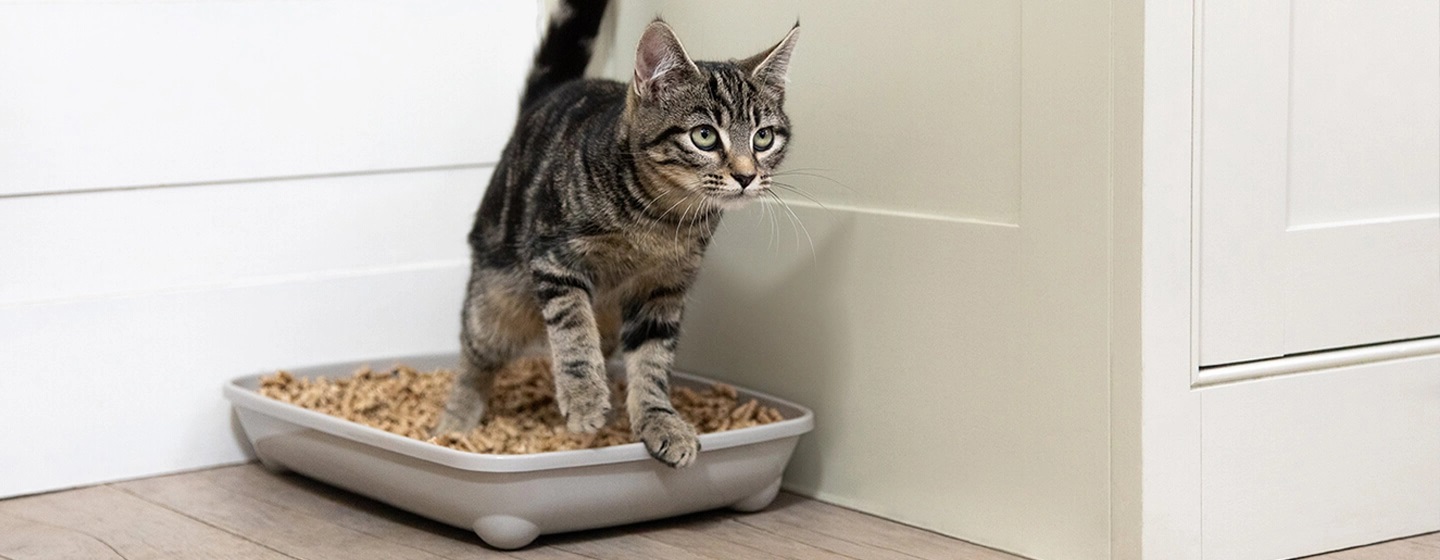
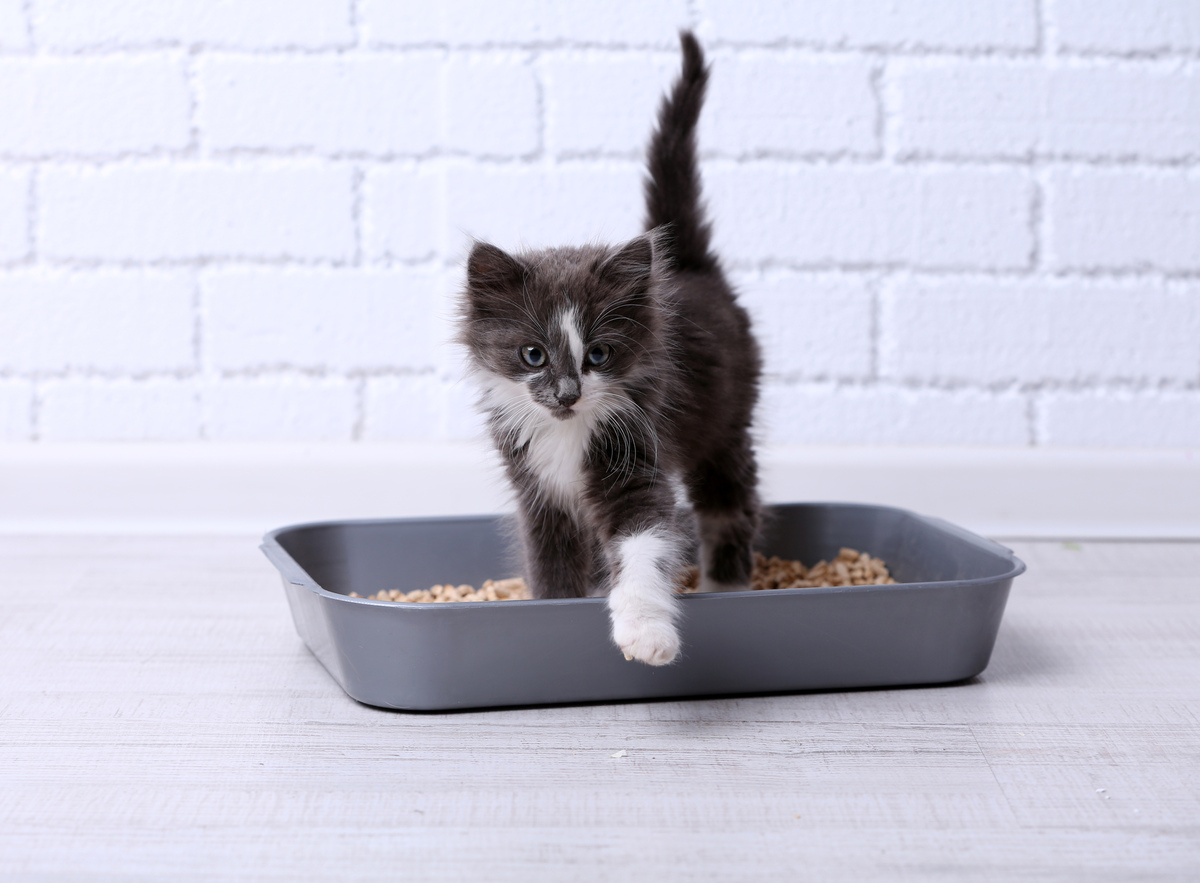
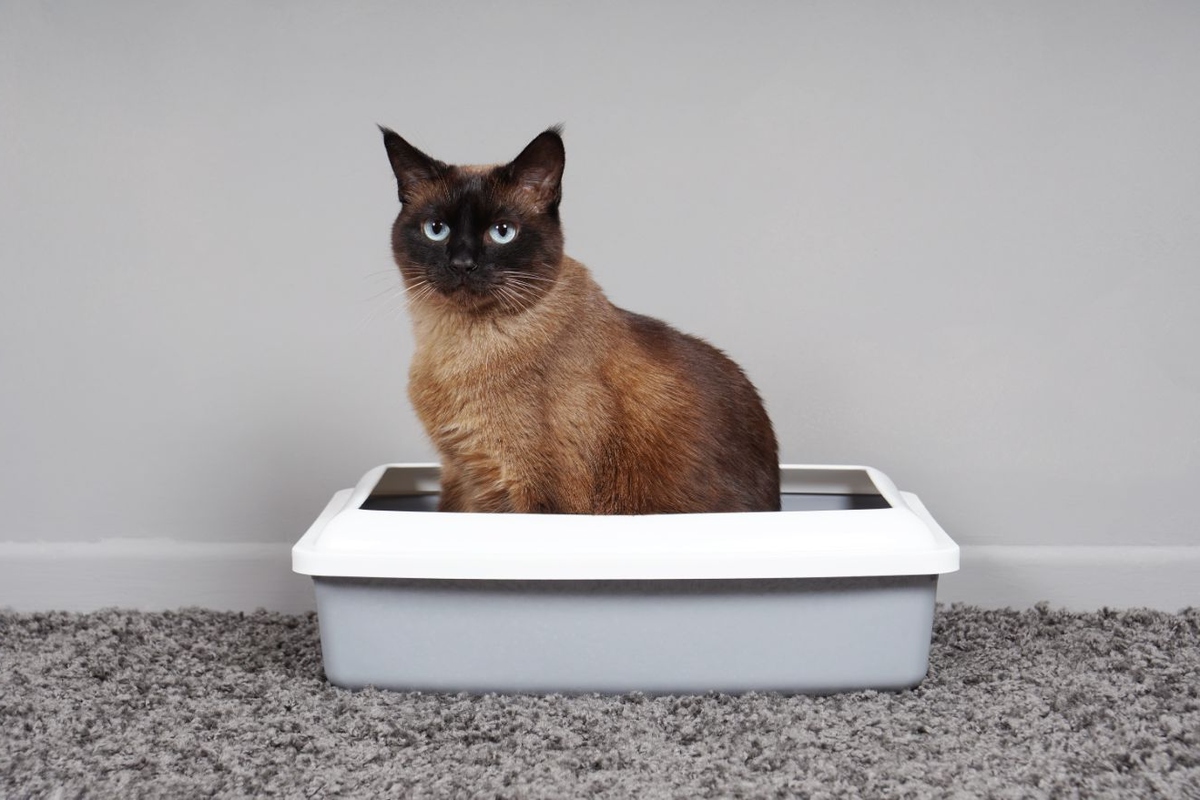
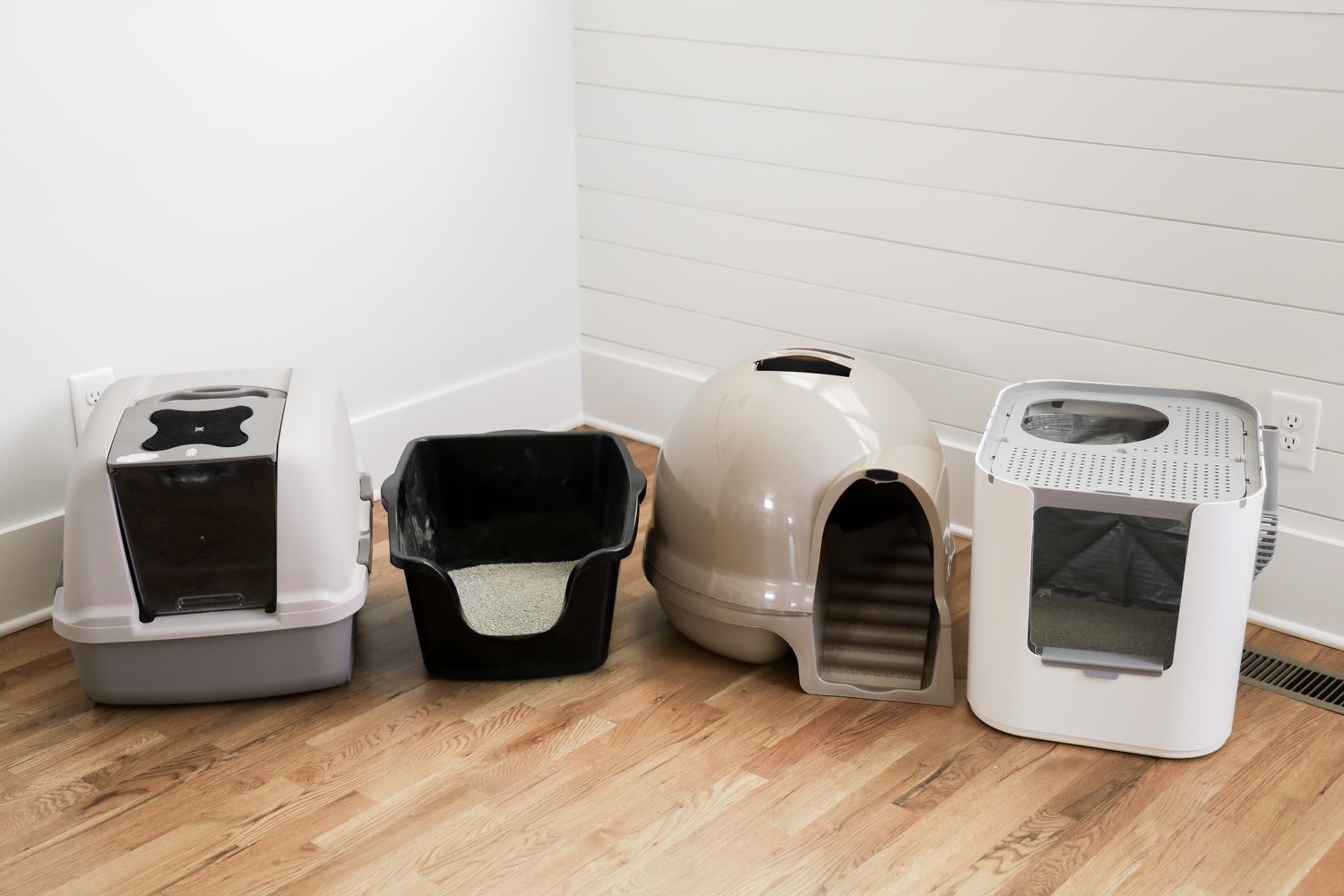
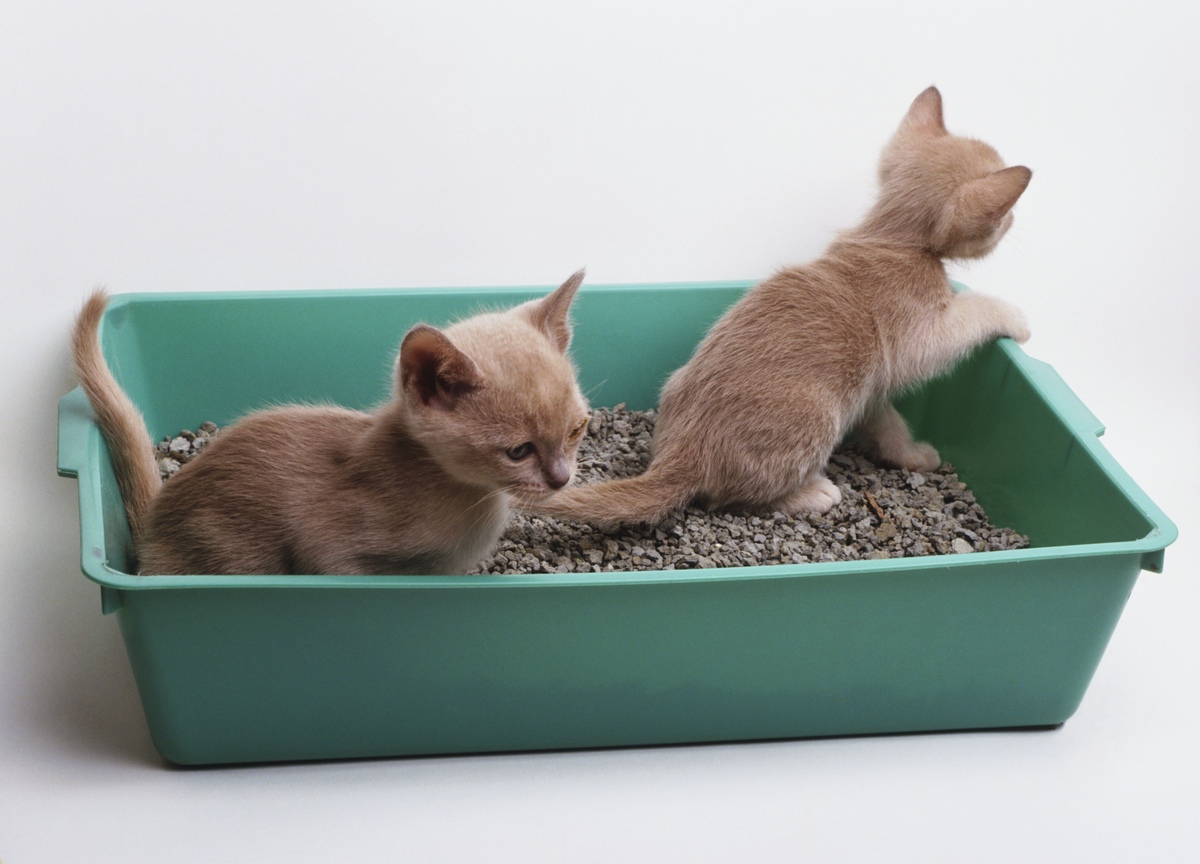


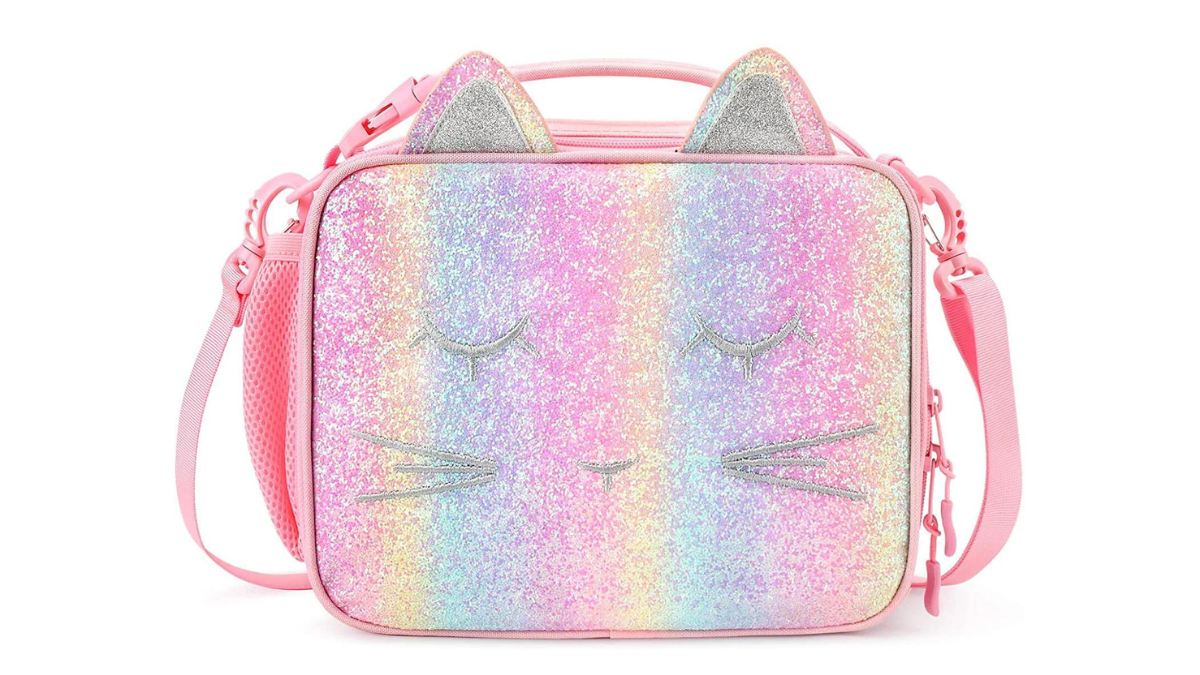
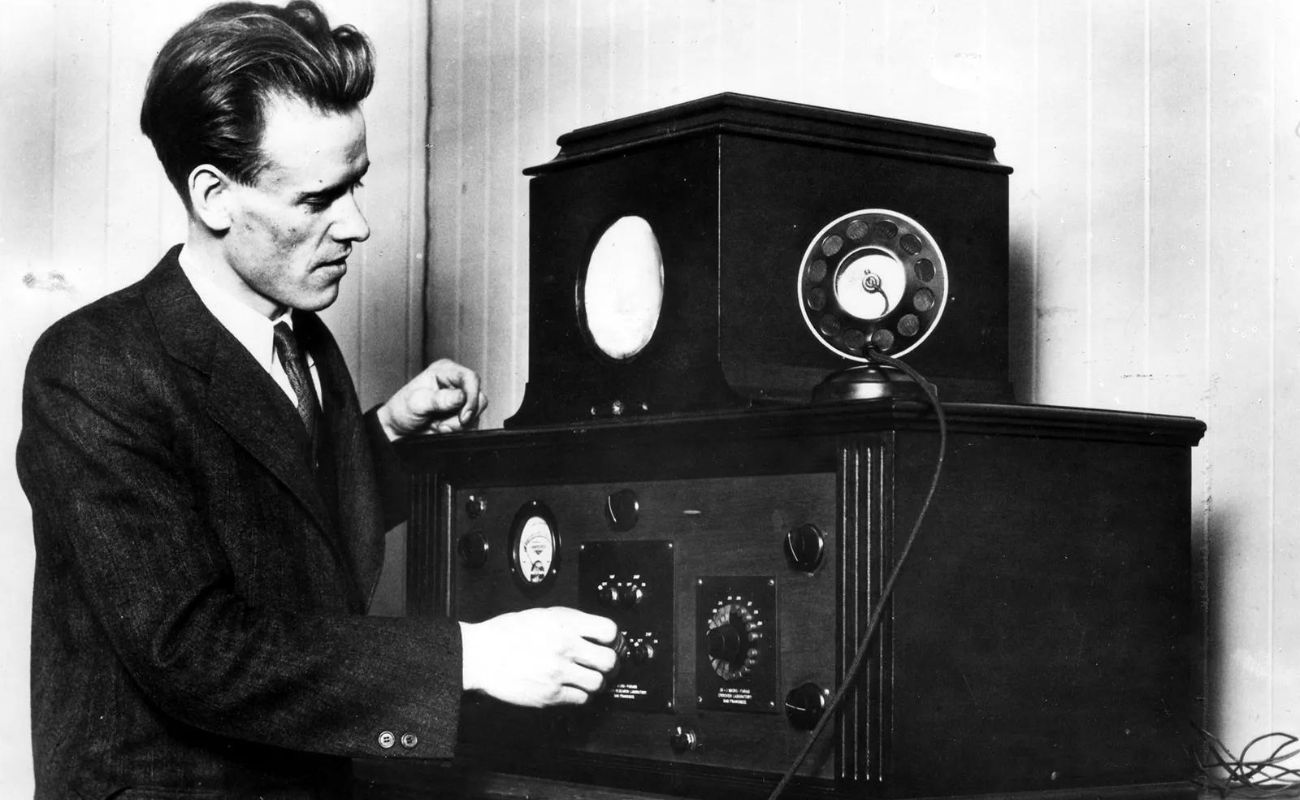

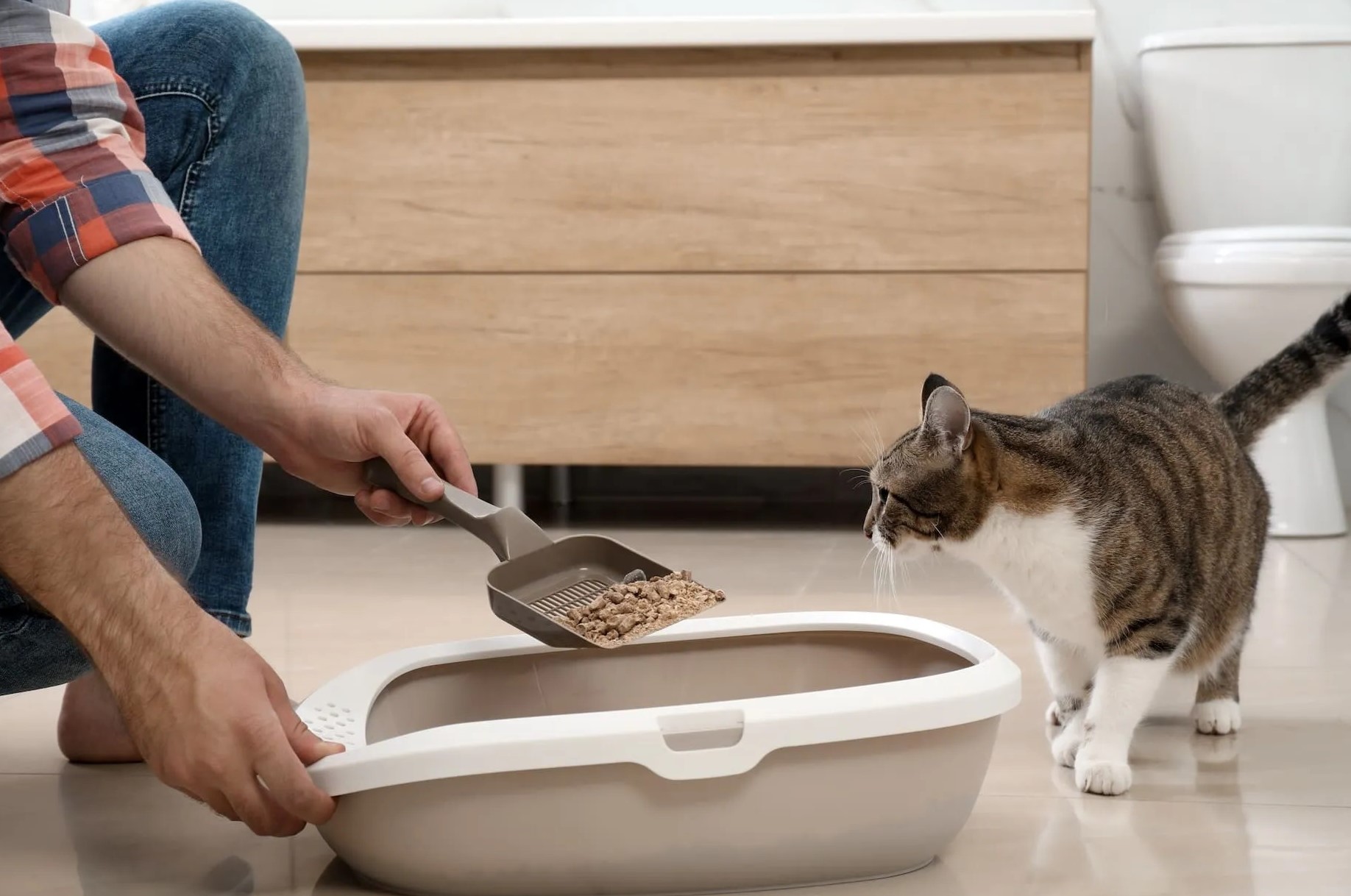

0 thoughts on “When To Introduce Kittens To A Litter Box”